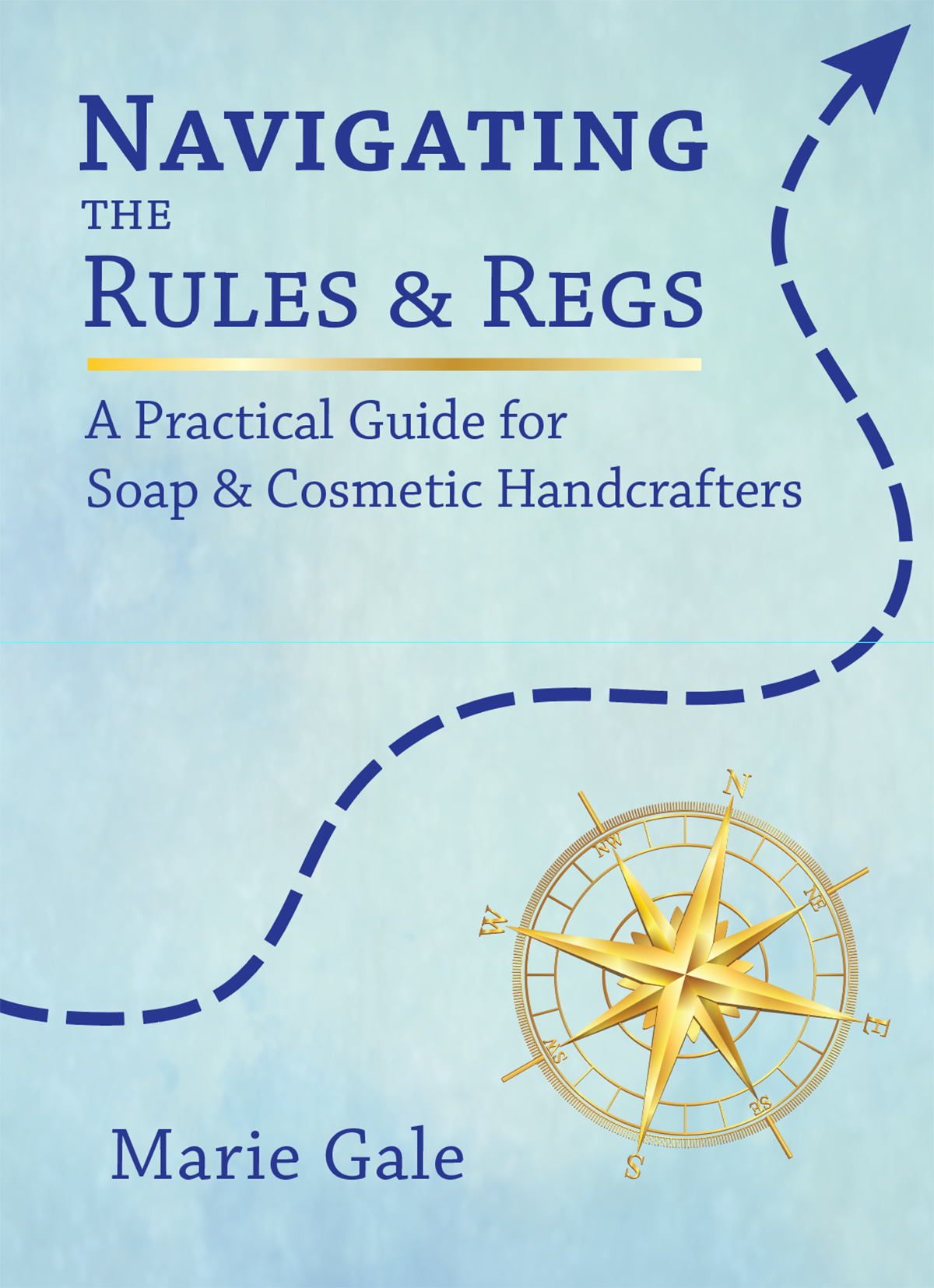In 1988, the FDA issued Import Alert 66-38 titled “Skin Care Products Labeled as Anti-Aging Creams” which clearly stated that exaggerated ‘anti aging’ claims could cause a product to be an unapproved new drug. Import Alert 66-38 was the basis for understanding restrictions on cosmetic claims like anti-aging, rejuvenating and repairing. That Import Alert was withdrawn at the end of 2017.
What does that mean?
First, a Little History
Back in the 1960’s and early 1970’s a number of products came out which were touted to get rid of wrinkles, provide a “face lift without surgery,” and similar claims. No doubt that was of concern to the FDA, because they initiated action against a number of companies, several of which ended up in court.
Out of those court cases came some important legal decisions which have shaped the cosmetic industry in the years following:
For example, in one court case, the following statements caused the product to be considered a drug, even though the advertising stated that the effect of the lotion was temporary.
- Whether a product is considered a drug can be affected by statements about the product (not just what it can do).
- packaged under biologically aseptic conditions
- the lotion is “super-active”
- creates a “tingling sensation” when “at work”
- not a “hormone” or a “harmful drug”
- It is how the claim might be understood by the “ignorant, unthinking or credulous” consumer that is key in determining whether the product is a drug or cosmetic.
- In other words, if the consumer thinks it will work like a drug, then it is likely to be an unapproved drug.
- “Claims which have become so associated with the familiar exaggerations of cosmetics advertising that virtually everyone can be presumed to be capable of discounting them as puffery,” do not render a product a drug.
- In other words, since there are so many extravagant claims out there already, the consumer can tell the difference and knows it’s just going to make her look better—not cure or treat as a drug would.
Even with these court cases, the FDA issued a series of warning letters in the late 1980’s and issued Import Alert 66-38 in 1988. However, in the ensuing 30 years, they haven’t interpreted the law quite so strictly (unless there were other statements which pushed the product firmly into the drug category).

Evolution of Cosmetics
Since 1988, cosmetics have evolved dramatically, as have consumers. In 1969, claims of a product being “astringent” were drug claims; now that is a purely cosmetic claim. Similarly, and again in 1969, claiming that a product “nourishes the skin” was considered a drug claim; now it is a common claim for cosmetics.
Both the FDA and consumers have come to understand that a wide array of cosmetic products exist that do, in fact, have more than a superficial effect on the body—but only slightly more. Moisturizing, firming, toning, brightening, lifting, etc., all do make some minor change to the body, but their intent is to enhance beauty and the effects are short-lived. Consumers know they aren’t drugs and aren’t using them as such; they just want to look better.
Withdrawal of Import Alert 66-38
Obviously, the cosmetic and skin-care market has changed since 1988. Maybe the FDA’s withdrawal of Import Alert 66-38 is an acknowledgment of that fact. Maybe it is part of the push by the Trump Administration to reduce down the number of regulations.
Whatever the reason, it is a move in the right direction as it gives a little bit better insight into the edges of the gray area between “definitely cosmetic” and “outright drug” claims.
Take-Away
Import Alert 66-38 has been withdrawn. It specifically cited claims that a product would “counteract,” “retard,” or “control” the aging process or that it would “rejuvenate,” “repair,” or “restructure” the skin, could cause a product to be an unapproved new drug. Now that the alert is withdrawn, it’s probable that things might be a little more loose on the claims in that area.
However, the regulations and the laws have not been changed.
Cosmetics are:
- articles intended to be rubbed, poured, sprinkled, or sprayed on, introduced into, or otherwise applied to the human body or any part thereof for cleansing, beautifying, promoting attractiveness, or altering the appearance, and
- articles intended for use as a component of any such articles; except that such term shall not include soap.
Drugs are:
- articles intended for use in the diagnosis, cure, mitigation, treatment, or prevention of disease in man or other animals; and
- articles (other than food) intended to affect the structure or any function of the body of man or other animals;
There is no doubt that a gray area exists between cosmetic claims and drug claims. If you are making cosmetics, for your own sake, make sure you stay on the cosmetic side of the spectrum.
Consumers can see through much of the puffery and hype, but it’s your job to make sure that when they read your label and marketing material, they know that your cosmetic product is just intended to make them look better.



Leave a Reply